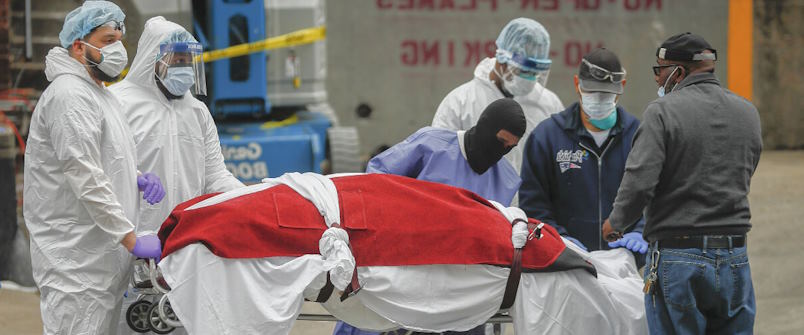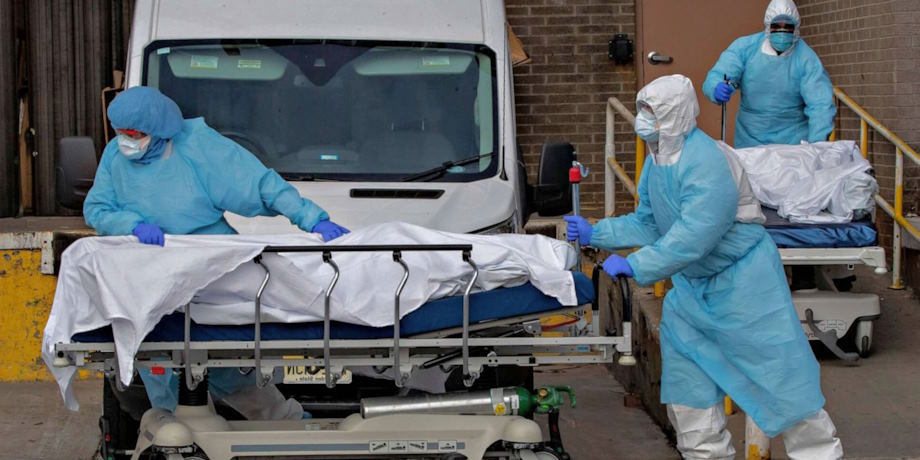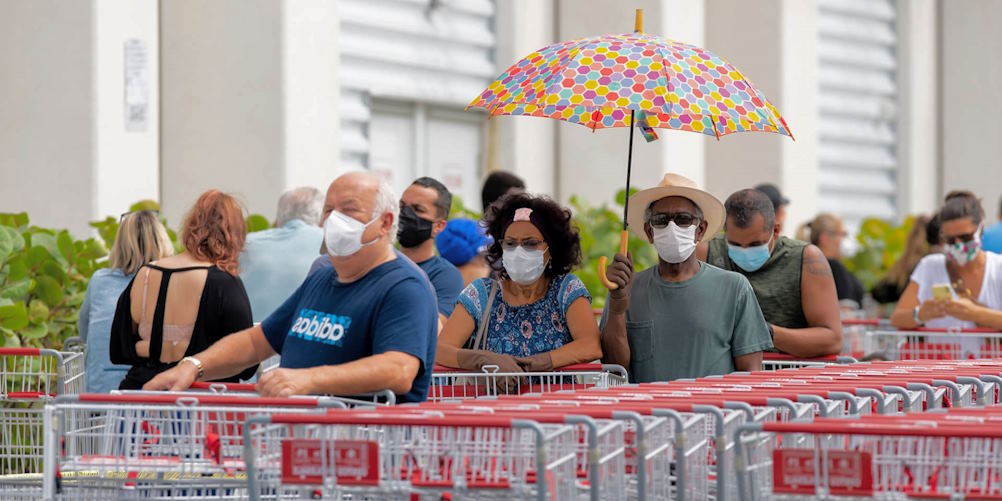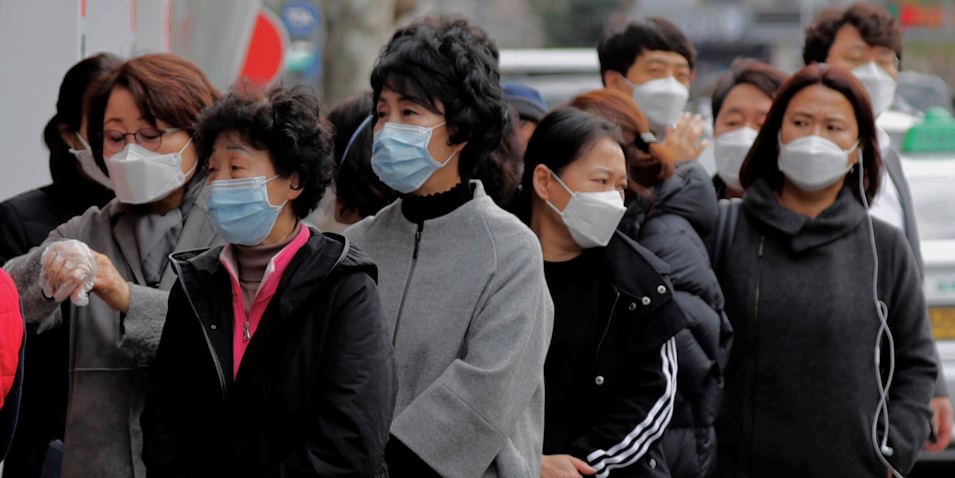The COVID-19 pandemic has left an indelible mark on our world, challenging nations, communities, and individuals’ resilience. With its relentless global spread, the SARS-CoV-2 virus, responsible for COVID-19, has exposed vulnerabilities within our societies, healthcare systems, and individual behaviors.
In any case, one question continues to loom large in our collective consciousness: Why has COVID-19 caused so many deaths?
What are the main characteristics of the SARS-CoV-2 virus?
The spectrum of symptoms associated with COVID-19 is broad and diverse, making it a uniquely challenging virus to combat. While some individuals experience mild or no symptoms, others endure severe and life-threatening complications. Some typical symptoms can include fever, cough, shortness of breath, and loss of taste or smell.
Why has Covid-19 caused such results?
The COVID-19 pandemic has left a profound and tragic mark on the world, with a substantial loss of human life. Understanding why COVID-19 has caused so many deaths requires an examination of the complex interplay of various factors that have allowed the virus to proliferate and wreak havoc across the globe.
Highly Infectious Nature
SARS-CoV-2, the virus responsible for COVID-19, is highly contagious. It spreads easily through respiratory droplets, making it challenging to control transmission, especially in crowded or indoor settings.
Variability in Severity
COVID-19 symptoms vary widely, from mild or asymptomatic cases to severe respiratory illness and death. The unpredictable nature of the disease makes it difficult to identify and treat severe cases in a timely manner.
Vulnerable Populations
Certain demographic groups, such as the elderly and individuals with underlying health conditions, are more susceptible to severe illness and death from COVID-19. The virus disproportionately affects these vulnerable populations.
Overwhelmed Healthcare Systems
In regions with many COVID-19 cases, healthcare systems were overwhelmed, leading to shortages of critical medical resources like ventilators and ICU beds. Overwhelmed healthcare systems can result in poorer outcomes for patients.

Variants and Mutations
The emergence of new variants of the virus has raised concerns. Some variants may be more transmissible or partially resistant to immunity developed through vaccination or previous infection, potentially leading to increased cases and deaths.
Delayed Public Health Responses
Delayed or inconsistent public health responses, including testing, contact tracing, and implementing public health measures like mask mandates and lockdowns, have allowed the virus to spread more extensively.
Vaccine Distribution and Hesitancy
Disparities in vaccine distribution, both globally and within countries, have slowed efforts to achieve herd immunity. Vaccine hesitancy among some populations has also contributed to slower progress in controlling the virus’s spread.
Global Travel
International travel facilitated the spread of the virus across borders, making it challenging to contain outbreaks in specific regions.
Political and Social Factors
Political decisions, misinformation, and social factors like vaccine hesitancy, mask-wearing resistance, and non-compliance with public health guidelines have all played a role in exacerbating the pandemic’s impact.
Asymptomatic Spread
Asymptomatic and presymptomatic individuals who carry the virus can unknowingly infect others. This silent transmission has contributed significantly to the virus’s rapid spread.







